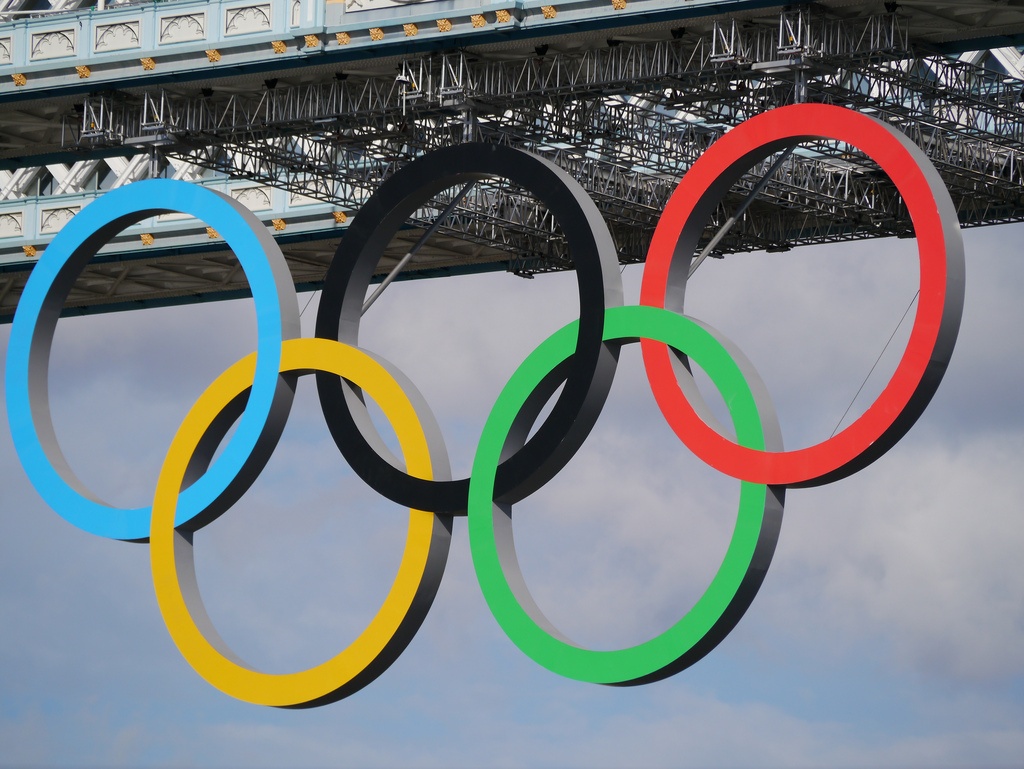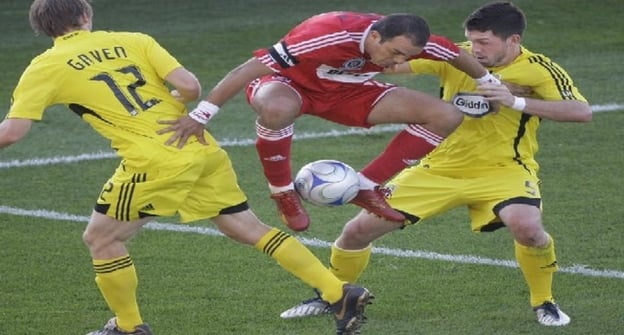If we ever needed a reminder of the always-on, on-demand-content world we live in, the instant and varied access to live streaming video content is one of the biggest, most visible reminders. Every two years, viewers can enjoy a sporting spectacle unlike any other – the summer and winter Olympics*, and no event in recent memory has brought all of the content to live audiences like the BBC did with the 2012 Olympics in London. The BBC accomplished this with a clever mix of great architecture and software, including Varnish.
Make no mistake – the viewership of the Olympics has the power to disrupt other programming and alter viewing patterns. To provide an idea of the scale – the 2012 London Olympics was the most-watched TV event in US television history with 219 million people watching. NBC Olympics Digital set records with video streams and page views – nearly two billion page views and 159 million video streams.
In 2012, the BBC was the sole broadcaster of the Olympics in the United Kingdom. The BBC’s broadcast strategy and streaming technology made the London Olympics stand out as the first truly digital Olympics, with a promise to deliver coverage of every sport from every venue, and set the standard as a true leader in video streaming – quite a far cry from large-scale, major events of yesteryear.
Succeeding with a little help from Varnish
As networks and online entities ramp up for the 2016 Summer Olympics in Brazil, we can simply look at the monumental content delivery and video streaming effort undertaken by the BBC in broadcasting the full 2012 London Olympic games. Its unprecedented reach and scale, as one of the largest events of 2012 and as a unique digital success story, the BBC’s Olympics coverage launched expectations of future broadcasts and streaming to whole new levels. Video streaming and caching with Varnish was a hugely important component in their recipe for success. As explained in this blog post they used Varnish to offload the bulk of the traffic from their Apache web servers.
Today the end-user has an expectation of seamless content delivery, no lag or latency and a smooth viewing experience. And BBC’s 2012 success has reinforced those user expectations:
“Offering everything isn't enough in the age of multiple devices: our further ambition was to ensure audiences could access our coverage wherever they were, and whenever they wanted it.”
Ramping up for millions of simultaneous users
What lessons from both BBC and technology’s relentless progress can you look to to ensure that you are ready for the Olympics in Rio?
BBC remade its infrastructure to be able to deliver resilient, online HTTP streaming content to scale – moving to dynamic content delivery. This meant taking massive amounts of content coming in from different organizations, channels and journalists and continuously streaming it all, breaking records all around. They were able to handle:
- 25,000 transactions per second
- 106 million requests for live and on-demand Olympic video content
- 2.8 petabytes of data delivered in a single day
- 7.1 million UK browsers – a single-day record
- 7.8 million global browsers went to bbc.co.uk/sport during the opening of the Olympics with 5.6 million UK browsers – a global record. The next day both global and UK records were broken as 8.3 million global and 6.1 million UK browsers were logged at the same site
- 55% of browsers came from non-desktop services on the opening Saturday, showing the need to be prepared for multi-device streaming
BBC’s approach included adding 24 channels for simultaneous live streaming and ensuring the functionality and quality of cross-device streaming, for which BBC partnered with Adobe (which by the way is also powered by Varnish. It also included building a robust means of handling Olympic data services: building five applications, providing 174 endpoints, managing 50 message queues and supporting ten separate BBC Olympic products - from the sport website to the Interactive Video Player.
Clearly a lot of planning and technologies came together to enable the unprecedented success of the BBC’s multi-platform Olympic Games. Varnish can be used in many places to scale up for your live-streaming demands.
For more detail on Varnish for HTTP streaming, have a look at some of our previous blog posts:
- HTTP streaming with Varnish
- Dailymotion streaming with Varnish
- Varnish Cache as robust HLS and HDS video streaming distribution mechanism
- Getting live HLS and HDS statistics from Varnish Custom Statistics
Maybe you've learned all you need to know about Varnish for HTTP streaming and want to get in touch. Feel free to contact us or register for a free Varnish Plus trial.
*The summer games are generally more viewed/popular, despite the occasional dramas à la Nancy Kerrigan – Tonya Harding heading into the 1994 figure skating competition at the Lillehammer Winter Olympics).
Photo (c) 2012 Jon Curnow used under Creative Commons license.
/VS-logo-2020-197x60.png?width=136&height=60&name=VS-logo-2020-197x60.png)



